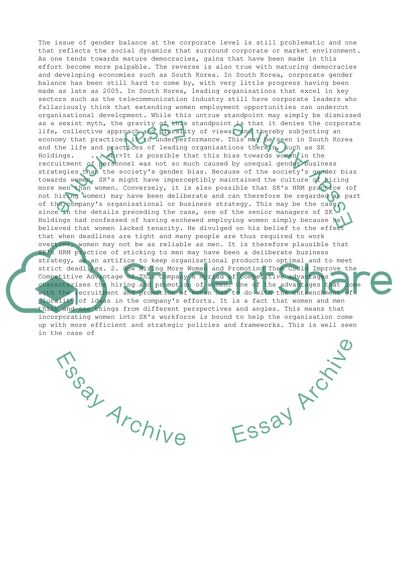Cite this document
(“HRM and Culture Research Paper Example | Topics and Well Written Essays - 2000 words”, n.d.)
HRM and Culture Research Paper Example | Topics and Well Written Essays - 2000 words. Retrieved from https://studentshare.org/business/1461213-hrm-and-culture
HRM and Culture Research Paper Example | Topics and Well Written Essays - 2000 words. Retrieved from https://studentshare.org/business/1461213-hrm-and-culture
(HRM and Culture Research Paper Example | Topics and Well Written Essays - 2000 Words)
HRM and Culture Research Paper Example | Topics and Well Written Essays - 2000 Words. https://studentshare.org/business/1461213-hrm-and-culture.
HRM and Culture Research Paper Example | Topics and Well Written Essays - 2000 Words. https://studentshare.org/business/1461213-hrm-and-culture.
“HRM and Culture Research Paper Example | Topics and Well Written Essays - 2000 Words”, n.d. https://studentshare.org/business/1461213-hrm-and-culture.


